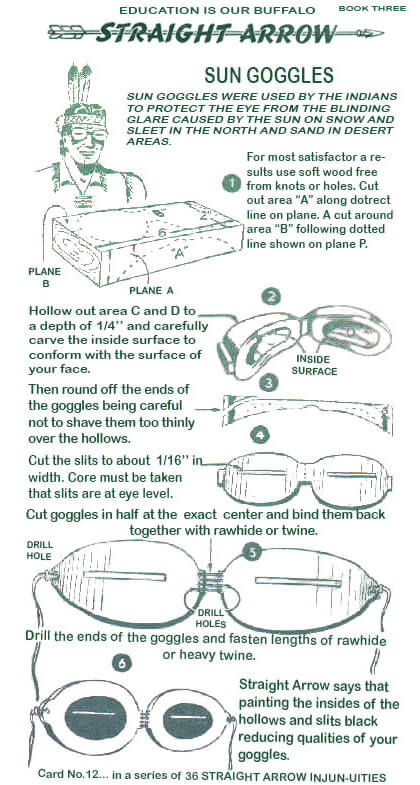
The purpose of these goggles was to protect the eyes from windblown ice and the brightness of the sun on the Arctic snow. Engraved double lines, spikes, and linear projections form the border, which are significant to the owner or maker. The designs, along with the narrow eye apertures, provide a unique look. For millennia, Arctic peoples have created and worn such incredibly efficient eyeglasses.
Hunting sunglasses of the highest quality from Native America, this proved to be quite efficient in the field of battle. Driftwood (particularly spruce), bone, walrus ivory, caribou antler, and in some cases seashore grass have all been used to make the goggles throughout history. When finished, one or more tiny horizontal slits are carved through the front of the work piece to allow it to suit the wearer’s face.
Snow and sun goggles, made from a strip of bone, wood, or other material with a slit cut into it, considerably decreased glare and protected eyes from harm for thousands of years among indigenous peoples throughout that region. Ann McMullen, a curator of the Smithsonian National Museum of the American Indian, is in charge of research for the museum’s holdings, which includes the snow goggle collection, which is constructed of whale baleen.

